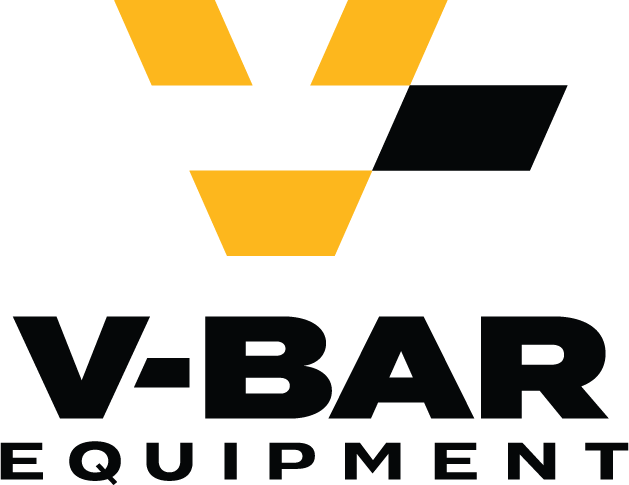Q&A with Safety Experts
February 16, 2024 3:48 pm Leave your thoughts Forklifts are widely used in various industries, from warehouses to construction sites, but they also pose significant risks if not used safely and correctly. To shed light on forklift safety, we’ve interviewed safety experts to answer some of the most common questions related to operating forklifts. In this blog, we will explore their detailed responses to provide you with valuable insights on how to ensure forklift safety in your workplace.
Forklifts are widely used in various industries, from warehouses to construction sites, but they also pose significant risks if not used safely and correctly. To shed light on forklift safety, we’ve interviewed safety experts to answer some of the most common questions related to operating forklifts. In this blog, we will explore their detailed responses to provide you with valuable insights on how to ensure forklift safety in your workplace.
1. What are the main causes of forklift accidents, and how can they be prevented?
The main causes of forklift accidents include inadequate training, improper loads, speeding, and not maintaining a clear path of travel. To prevent accidents, employers should provide comprehensive training programs that cover both theory and practical aspects of operating a forklift. It is important to emphasize safe loading and unloading practices, the dangers of overloading, the importance of maintaining safe speeds, and the need for clear walkways and designated forklift routes.
2. How should operators approach forklift inspections and maintenance?
Forklift inspections and maintenance are crucial for identifying potential issues and ensuring the safe operation of the equipment. Operators should conduct pre-shift inspections to check for any visible damage or malfunctioning parts. They should pay close attention to brakes, tires, steering, and lights. Any issues should be reported to the maintenance department immediately. Additionally, it is essential to follow the manufacturer’s recommended maintenance schedule and have regular inspections carried out by trained professionals.
3. What are the key factors to consider when navigating narrow aisles or tight spaces?
Navigating narrow aisles or tight spaces requires special attention and caution. Operators must be aware of the dimensions of their forklift and the width of the aisle or space they are maneuvering through. Speed should be reduced, and extra care should be taken to avoid collisions with nearby objects or pedestrians. It is advisable to use spotter mirrors and audible warning devices to enhance visibility and communicate with others on the worksite.
4. How can pedestrians and forklift operators share the same workspace safely?
Creating a safe working environment for both pedestrians and forklift operators is crucial. Employers should establish clear guidelines regarding pedestrian traffic and forklift safety zones. Pedestrians should be trained on how to recognize and respond to forklift operations. Communication tools such as designated walkways, signage, and alarms can be used to indicate the presence of forklifts and remind operators to watch out for pedestrians. Additionally, establishing eye contact and using hand signals can improve communication between pedestrians and forklift operators.
5. What are the best practices for loading and unloading materials with a forklift?
Proper loading and unloading techniques are essential to prevent accidents and maintain stability. Operators should ensure that the load is within the rated capacity of the forklift and properly secured. The forks should be positioned correctly and fully inserted under the load. The load should be tilted back slightly for added stability. During unloading, the forklift should be parked on a level surface, and the load should be lowered slowly and steadily to prevent tipping or sudden movements.
Summary:
Forklift safety is a critical aspect of workplace safety, and understanding the best practices is imperative for both forklift operators and employers. By focusing on proper training, regular inspections, and maintenance, as well as fostering a safe working environment that promotes communication and awareness among pedestrians and forklift operators, the risks associated with forklift operations can be significantly reduced. Remember to consult with safety experts and stay updated on industry standards to ensure ongoing safety improvements in your workplace.
Need Heavy Equipment Experts in Abilene, TX?
At V-Bar Equipment Company, we offer a wide range of skid steer grapples to suit the diverse needs of our clients. From root grapples and rock grapples to brush grapples and industrial grapples, our inventory is stocked with high-quality attachments designed to handle different materials and applications. Visit our inventory page to explore the different types of grapples we offer. Our knowledgeable team is ready to assist you in selecting the perfect grapple attachment for your skid steer loader. Contact us today to learn more about what we can do for you!
Categorised in: Forklift Training, Forklifts
This post was written by admin
